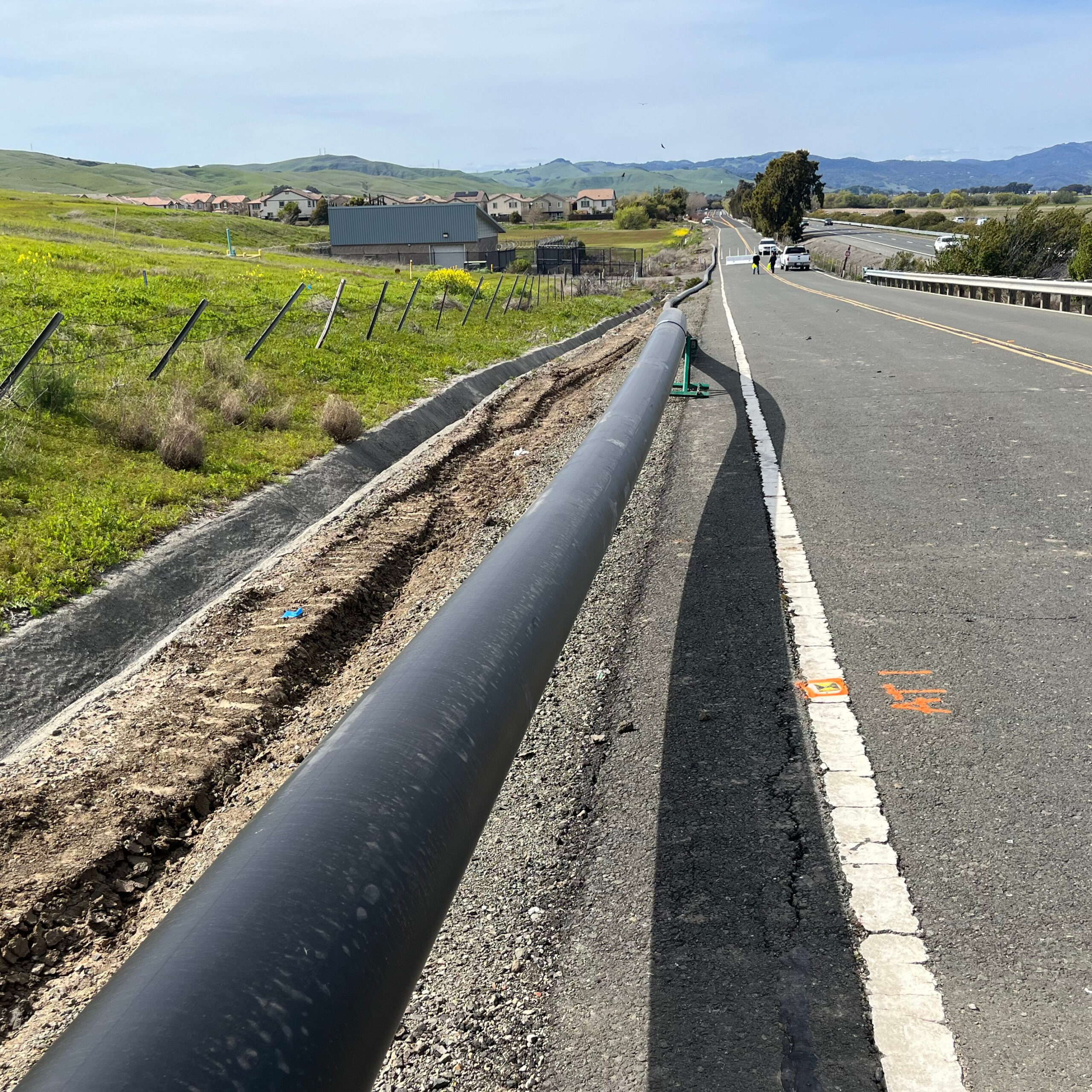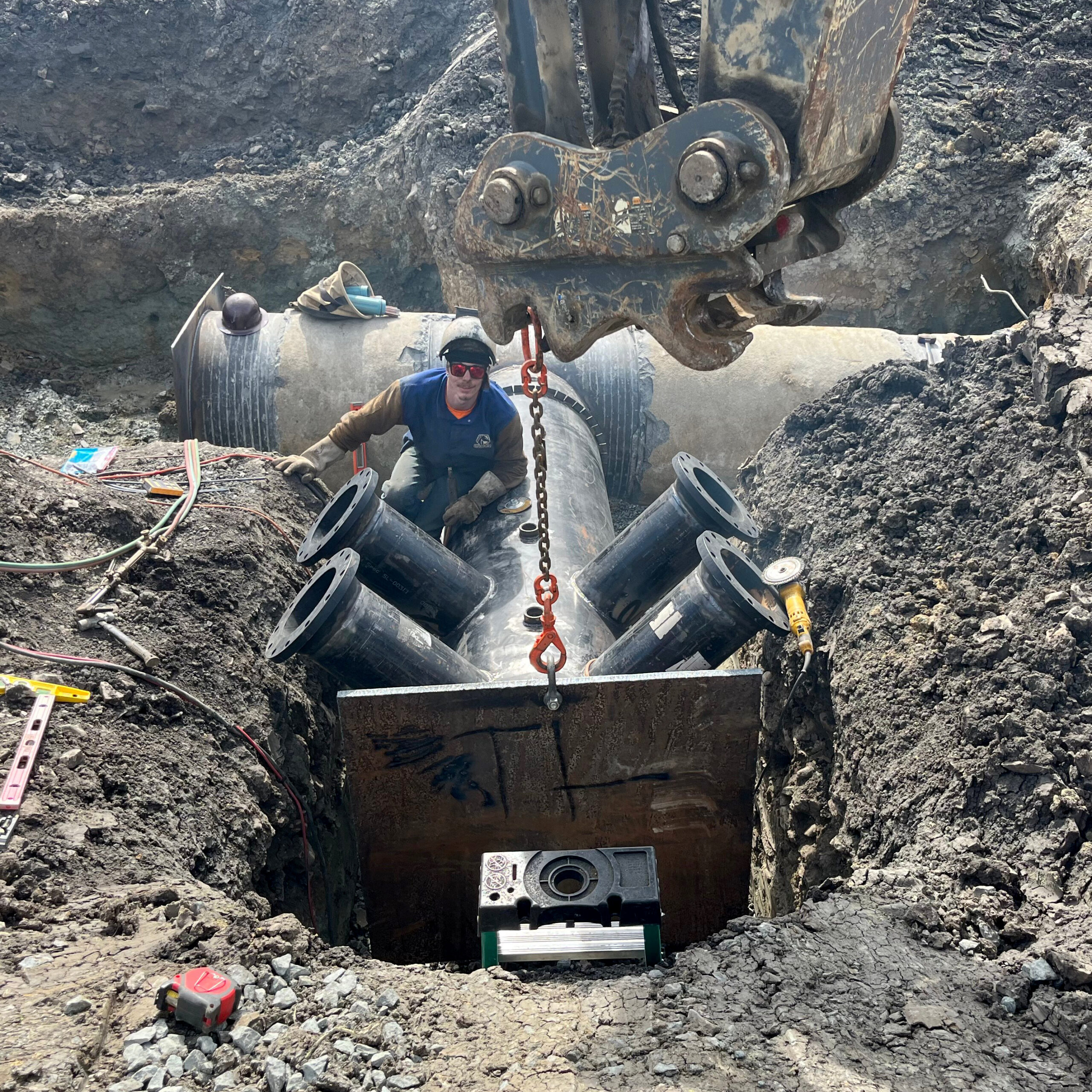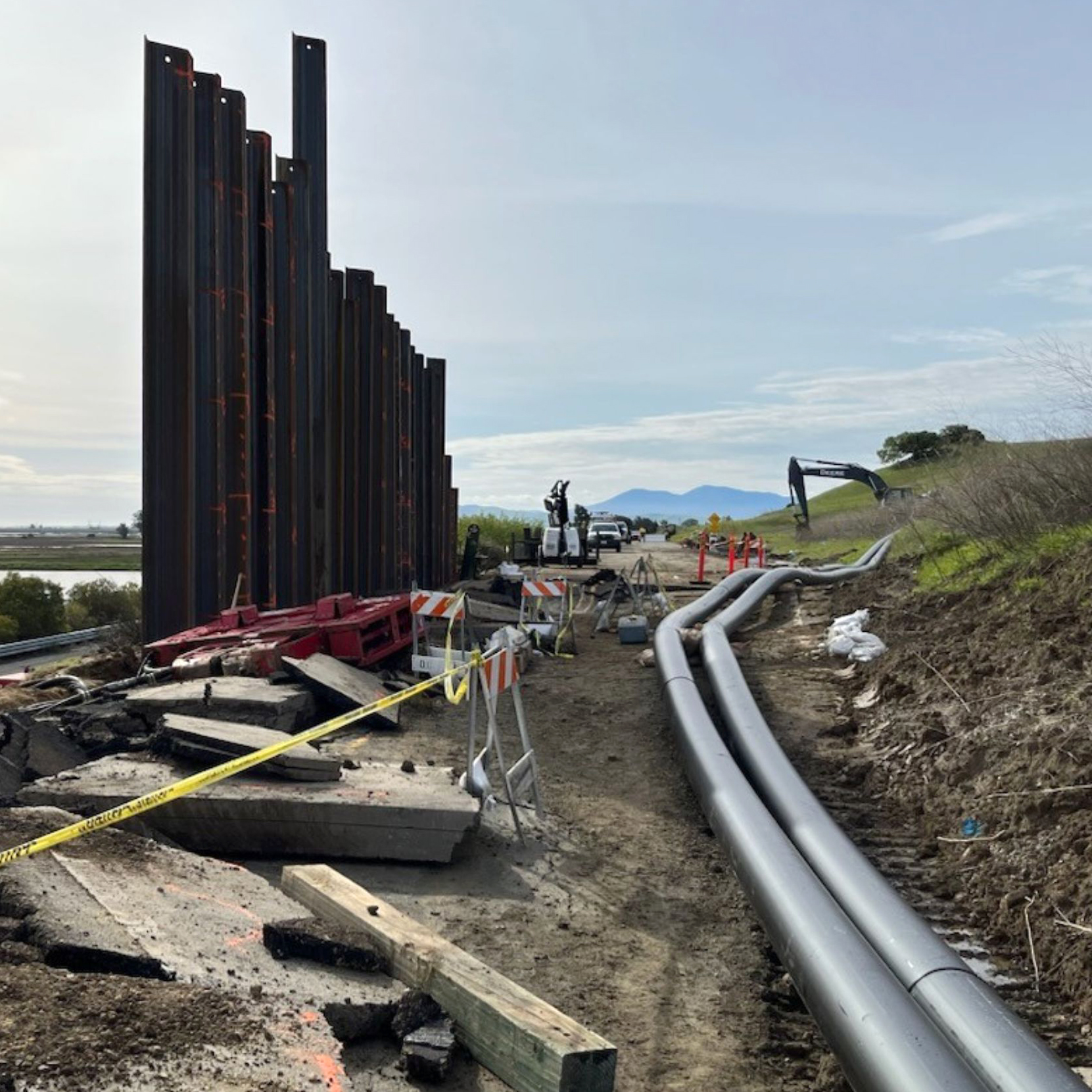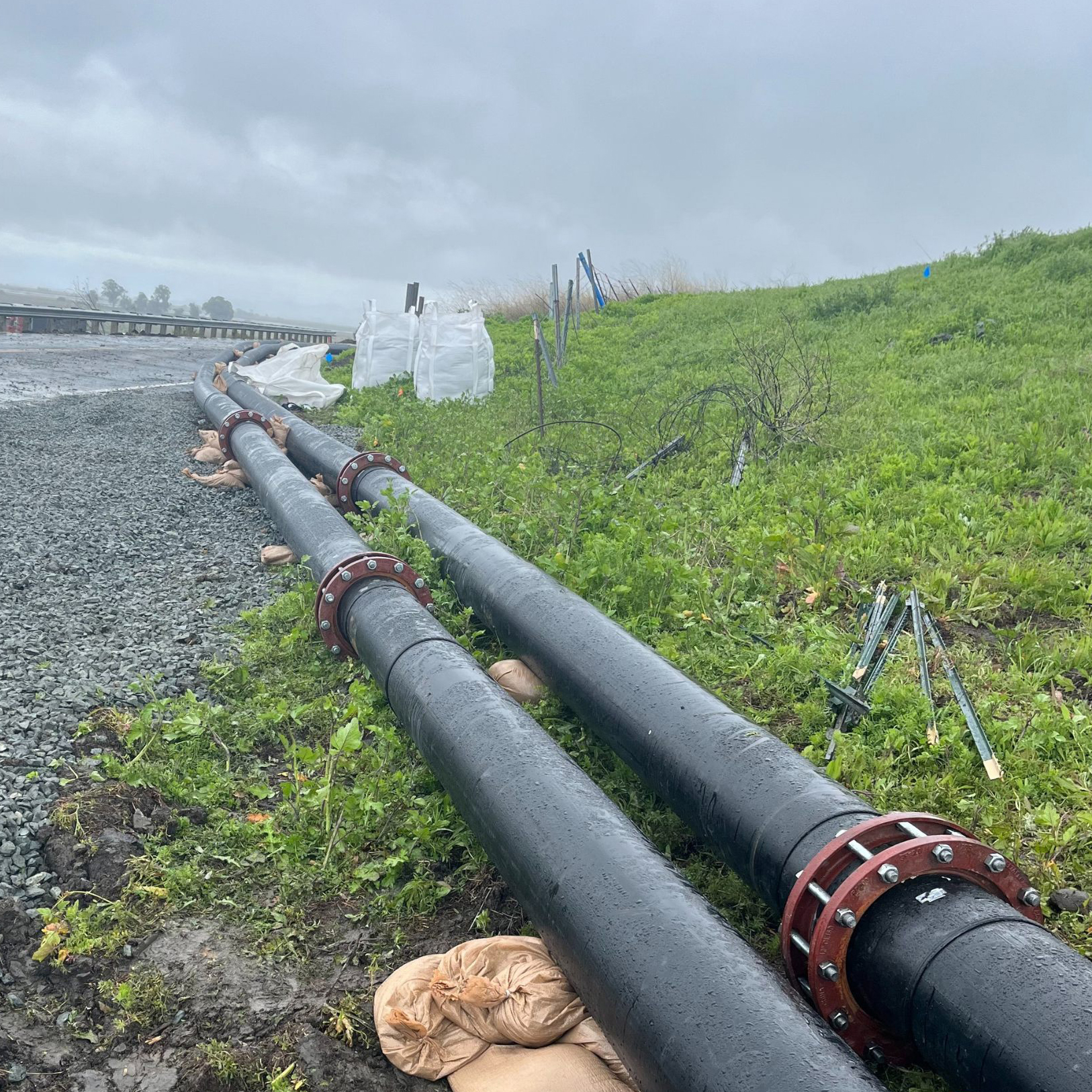Background
Nestled on the north bank of the Carquinez Strait in the North Bay region of the San Francisco bay Area, idyllic Benicia, California boasts a modest population of just under 30,000 people.
Impacted greatly by the gold rush of 1849, many swear that it was within the city limits of Benicia that the news leak of "gold in them thar hills" at Sutter's Mill occurred, sparking the California Gold Rush.
If that isn't remarkable enough, the city served as the third and penultimate state capital of California for one year and two weeks before Sacramento grabbed that mantle.
Beyond the picturesque status and modest history, Benicia, like so many other towns of its size, likes to stay out of the headlines.
But sometimes Mother Nature changes those plans.
On Wednesday, March 29, 2023 the cumulative effects of multiple winter rain storms destructively came to fruition, causing a devastating landslide near Interstate 680 and Gold Hill Road, just outside the city limits in nearby Fairfield.
A frontage road was displaced and multiple infrastructure assets were affected, including a break in the primary raw water line from the Sacramento Delta and Lake Berryessa to the City’s Water Treatment Plant. Approximately 700 feet of that same 36-inch steel pipe was also displaced by the slide, a line that provides 80 percent of the city of Benicia's water.
After a declaration of emergency, the water treatment staff switched the source of raw water to a secondary source from nearby Lake Herman, and under Critical Water Shortage guidelines the citizens of Benicia were asked to follow stage-four water conversation of 40% usage. The Lake Herman line would only be able to supply the city with 30-days of raw water.
Assessment of the damage immediately determined that Phase One would address Benicia's need for water.
Solution
With the instability of the already damaged hillside, High-Density Polyethylene (HDPE) pipe gave the situation the best solution with its strength, flexibility and ability to handle the operating pressure.
The initial plan for a temporary fix was to use a single 24” HDPE pipeline, but immediate availability was limited. With longer lead times on some of the other options, there was urgency to find a solution.
This is where ISCO stepped into the fray.
Working with Kyle Ochenduszko - Public Works Director, and the City of Benicia staff, the City of Fairfield, Gold Coast Pipeline, and Stantec Consulting Services Inc., ISCO worked around the clock for a 2-day period. From April 5th to 7th ISCO supplied 1,400 linear feet of 12-inch HDPE pipe, fused together a temporary waterline bypass, and connected the dual fabricated HDPE bypass to the two 30-inch diameter steel manifolds at locations north and south of the landslide.
The first phase of the temporary bypass installation was completed - within eight days of the initial call to action, allowing for testing at noon on the 7th. By 8:00 p.m. that same day, sufficient flow to reduce the emergency, and raw water delivered from the Putah South Canal pump station reached the Benicia Water Treatment Plant.
A level of stability was restored within eight days of the call to action.
As part of Phase Two of the temporary bypass, two additional 12-inch HDPE lines were installed in May to help meet the higher demand for water that would occur in the summer months.
There continue to be ongoing discussions to address permanent solutions to the effects of the landslide moving forward.
It was a village-like approach that was required to absorb, and respond to this small-scale natural disaster. With the collaborative effort, ISCO was able to mitigate the effects of the landslide on the people of Benicia, California, and help them return to their bucolic normalcy.
SUBSCRIBE TO ISCO UPDATES
ISCO Updates
[gravityform id="21" title="true"]






